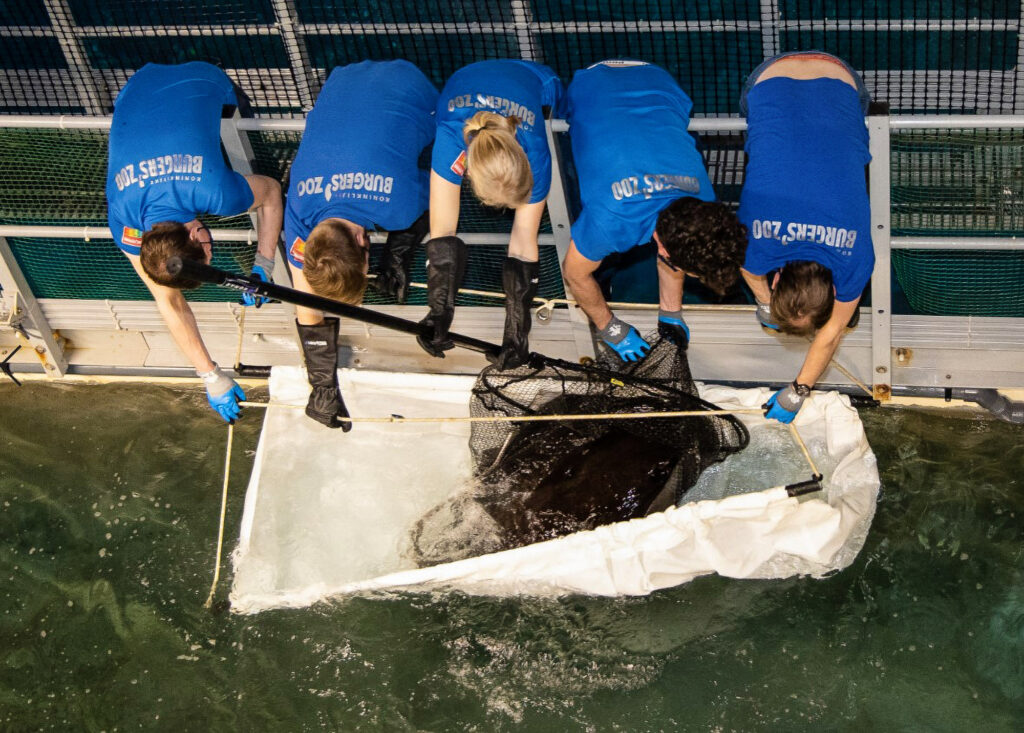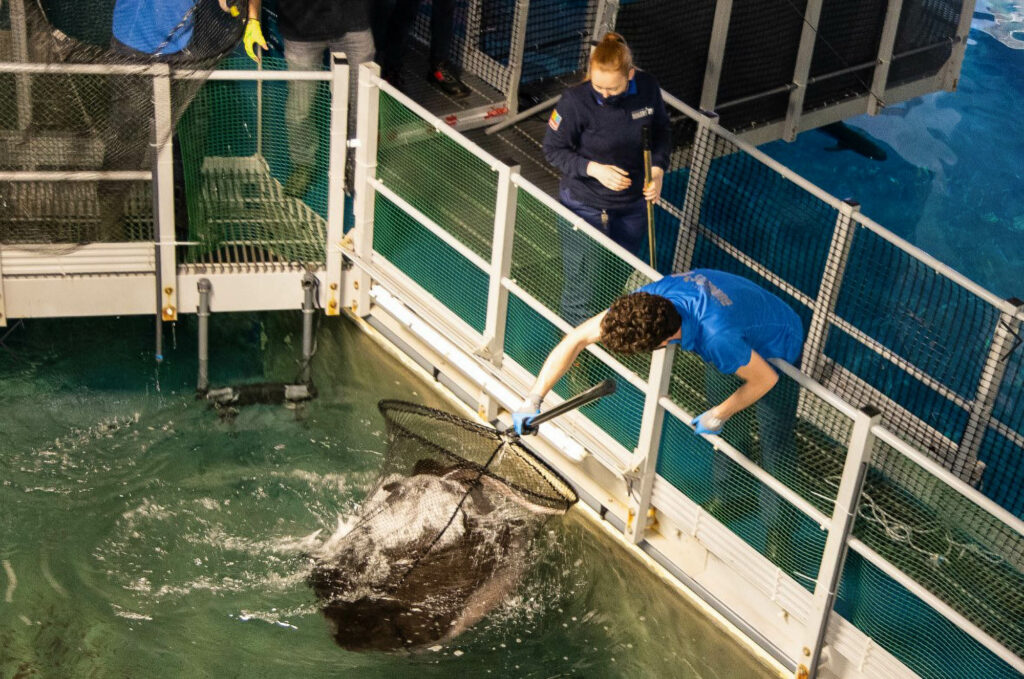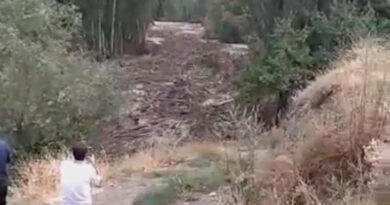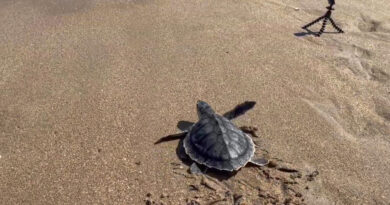Experts Create Monsoon Storm In Aquarium To Get Two Rare Stingrays In Mood For Breeding
Experts have whipped up a real storm at a Dutch aquarium to encourage reproduction in two rare stingrays that only breed during the monsoon season.
The artificial monsoon was created in the waters at Burgers’ Ocean aquarium in the Dutch city of Arnhem to help the mangrove whiprays (Urogymnus granulatus), also known as a whitetail stingray, to breed.
According to the Red List of the (IUCN), mangrove whiprays are listed as ‘near threatened’.

In their natural habitat, this species generally reproduces in the monsoon season, during which the water temperature and salinity drop for a short time.
Through the stimulation of these same environmental factors, the Burger’s Ocean team hopes to introduce small, natural changes often needed to trigger the stingrays’ reproduction process.
The male weighs 46 kilogrammes and the female is around 65 kilogrammes.

The two mangrove whiprays live in the aquarium’s tunnel basin, which contains approximately 1.6 million litres of saltwater, and they have been there together for the past 20 years.
The reproduction technique, that took place at the aquarium on 11th February, is based on scientific studies in the wild indicating that mangrove whiprays in the Philippines mate during the monsoon season, which is characterised by a period of abundant rainfall and high wind.
Mangroves are saltwater floodplain forests found along coasts all over the tropics. The rivers supply the area with freshwater whereas the seas bring in saltwater, creating a mix of brackish water.
If there is an abundance of rainfall, the distribution of freshwater increases while the salinity temporarily decreases along with a small drop in the average water temperature, creating the right circumstances to enhance reproduction.
During the stimulated monsoon, the mangrove whiprays are temporarily placed in a separate basin in which the salt content is carefully adjusted to mimic the monsoon period and the temperature will temporarily be dropped from 25 to 22 degrees Celsius.
Based on scientific research in the wild, the team of biologists and zookeepers hope this will put the stingrays in the mood for breeding.



